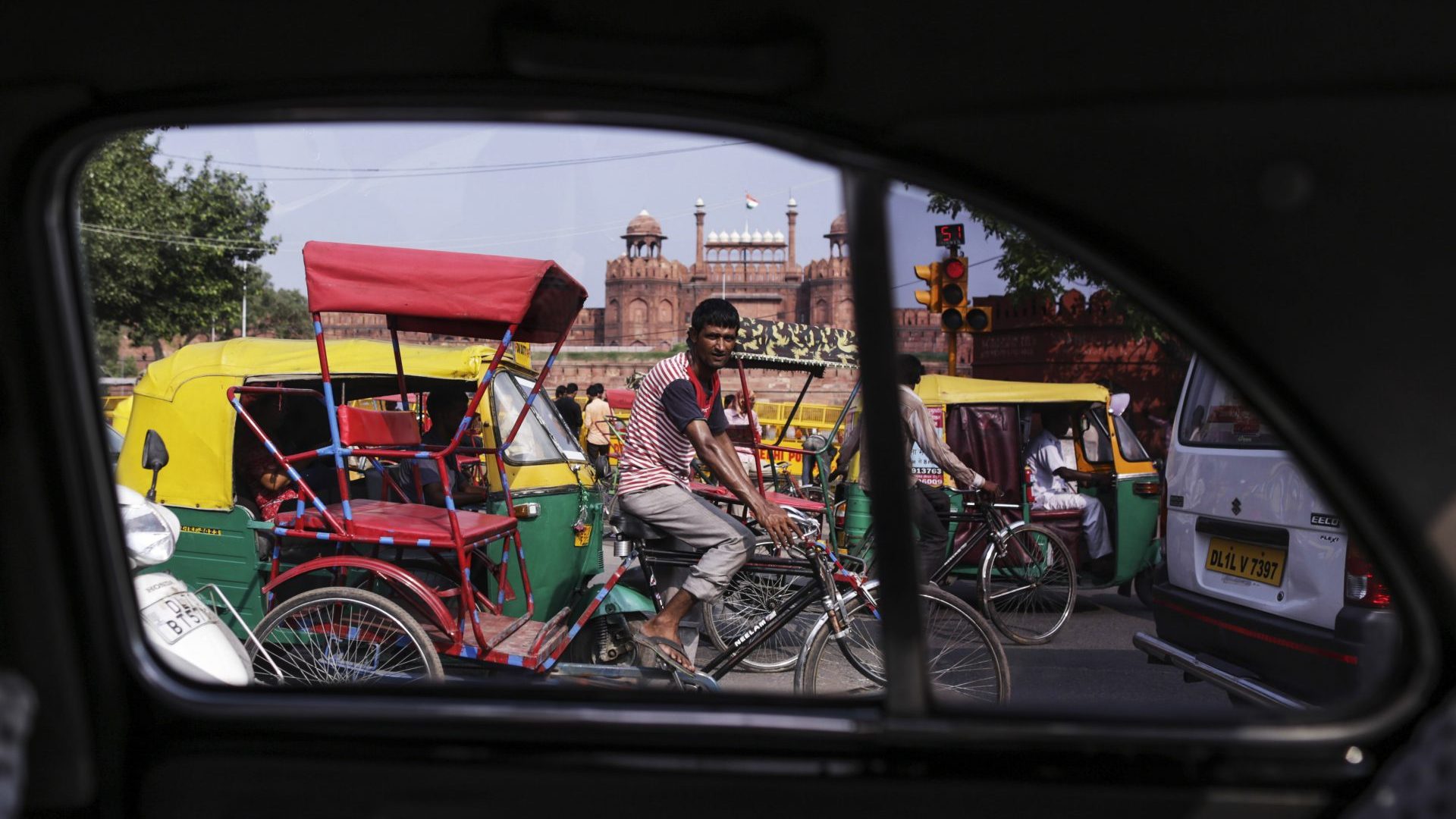

We may earn revenue from the products available on this page and participate in affiliate programs. Learn more ›
Like most automakers, Indian firms like Tata and Mahindra are trying to develop self-driving cars by conducting testing on public roads. But the Indian companies have a special problem. India’s roads present a much more challenging environment for self-driving cars than the roads in other countries. That’s because they exist in a state of anarchy, with pedestrians and drivers that view traffic laws as mere guidelines, poor signage, and animals wandering into the roads, according to Bloomberg. If autonomous cars can learn to handle that, they can handle anything.
Tata is testing a modified Nano hatchback on public roads, and things reportedly aren’t going well so far. The sheer amount of people and things moving around the car cause it to brake unnecessarily. The prototype’s rule-abiding behavior has also incited the anger of more aggressive human drivers. After a visit last year, Travis Kalanick, then-CEO of Uber, said India was the last place one would want to develop self-driving cars.
The chaotic environment messes with many of the basic parameters autonomous car development in other countries is built on. Many roads don’t have proper signage, and the quality of major roads can vary from smooth pavement to dirt tracks. This presents a major issue, as self-driving cars typically read lane markings and street signs to orient themselves.
India’s ubiquitous three-wheeled auto-rickshaws present another problem. Drivers modify them into so many different configurations that an autonomous car’s sensors can’t identify them. Even after uploading hundreds of reference photos Tata’s system can’t identify 15 percent of the vehicles on Indian roads, Nitin Pai, senior vice president and head of strategy and marketing for the conglomerate’s Tata Elxsi division, told Bloomberg.
Indeed, it’s hard to think of a more challenging environment for self-driving cars than the heavily-populated subcontinent. But Indian companies also have another problem: They’re a step behind companies like Waymo, Uber, Ford, and Nissan, which have been working on self-driving cars for years and are currently testing whole fleets of vehicles. When it comes to self-driving cars, India is a step behind…and has a longer way to go.
